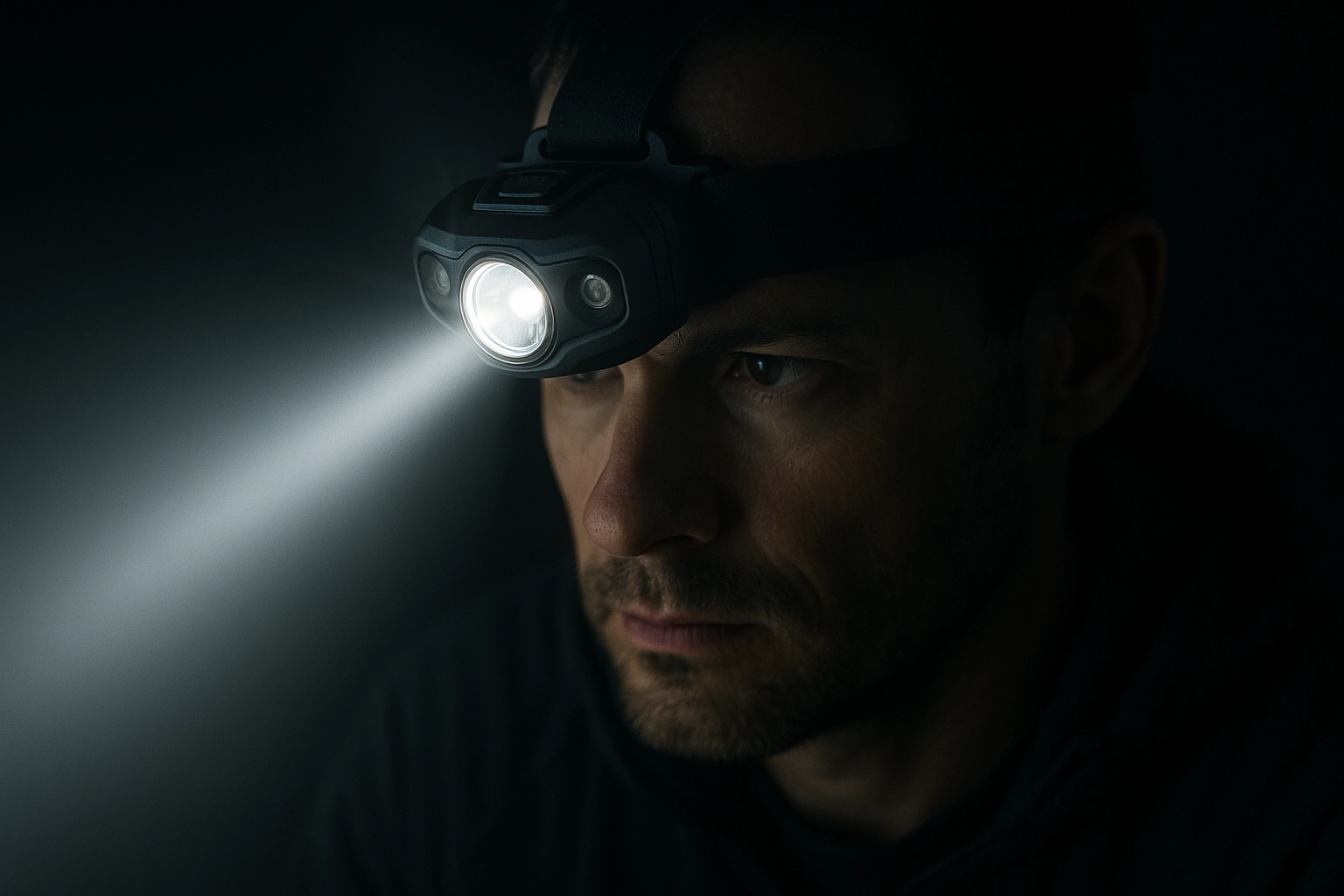SAE J259 – Halogen and HID Bulb Performance Testing
The SAE J259 standard is an essential document in automotive lighting design, ensuring that halogen and high-intensity discharge (HID) bulbs meet the necessary performance criteria. This service focuses on the rigorous testing of these light sources to ensure they comply with international safety standards and deliver consistent, reliable illumination.
SAE J259 specifies the methods for evaluating the lumen output, color temperature, and life expectancy of halogen and HID bulbs used in automotive headlamps. This service is critical for ensuring that automotive lighting systems not only meet regulatory requirements but also provide optimal performance under real-world driving conditions.
Halogen and HID bulbs are integral components of modern automotive headlamp systems, contributing significantly to driver safety through adequate visibility during nighttime driving. The SAE J259 testing process ensures that these bulbs perform consistently across different environmental conditions, such as temperature fluctuations and vibration stress.
The testing procedure outlined in SAE J259 involves several key steps: - Initial Testing: Bulbs are subjected to an initial performance check under controlled laboratory conditions. - Vibration Testing: The bulbs are exposed to simulated road vibration environments to assess their durability. - Thermal Cycling: Exposure to extreme temperature changes to ensure the bulb maintains its lumen output and color temperature over time. - Lifetime Testing: Bulbs are tested for extended periods under stress conditions to determine their expected lifespan.
Understanding these parameters is crucial for quality managers, compliance officers, R&D engineers, and procurement professionals who need to ensure that the lighting systems they use meet stringent safety and performance standards. This testing process not only enhances road safety but also contributes to reducing accidents caused by poor visibility during nighttime driving.
Scope and Methodology
- Lumen Output: Testing the initial lumen output of bulbs to ensure they meet minimum required levels.
- Color Temperature: Evaluating the color temperature to ensure it falls within acceptable ranges for automotive headlamps.
- Vibration Testing: Simulating real-world road conditions to assess the durability and reliability of bulbs under stress.
The methodology employed in SAE J259 testing is designed to provide a comprehensive evaluation of bulb performance. It includes both laboratory tests and field testing, ensuring that the bulbs perform consistently across various environmental and operational conditions. This approach is particularly important for HID bulbs, which are known for their high intensity but require precise control over parameters like color temperature.
For halogen bulbs, the focus is on lumen output and lifetime under stress conditions. Halogen bulbs have a longer lifespan than HID bulbs but may not provide as much light initially. The testing ensures that these bulbs meet performance standards while also having a sufficiently long operational life.
Quality and Reliability Assurance
The quality and reliability assurance process for SAE J259 testing is rigorous and involves several critical steps to ensure that the bulbs meet the stringent requirements of automotive lighting systems. The first step in this process is thorough specimen preparation, which includes cleaning and inspecting each bulb before testing to remove any external factors that could affect test results.
Once prepared, the bulbs undergo a series of tests designed to simulate real-world conditions. This includes: - Vibration Testing: To assess how the bulbs perform under simulated road vibration environments. - Thermal Cycling: Exposing the bulbs to extreme temperature changes to ensure they maintain their performance over time. - Lifetime Testing: Subjecting the bulbs to extended periods of operation under stress conditions to determine their expected lifespan.
- Vibration and Thermal Cycling: Ensures that bulbs can withstand the rigors of real-world driving conditions.
- Lifetime Testing: Evaluates bulb performance over extended periods to ensure consistent lumen output and color temperature.
The results from these tests are meticulously recorded and analyzed, providing a comprehensive assessment of each bulb's performance. This data is then used to make informed decisions about the quality and reliability of the bulbs for use in automotive headlamp systems.
Reliability assurance also involves regular calibration and maintenance of testing equipment to ensure accurate and consistent results. This process is critical for maintaining the integrity of test outcomes, ensuring that only high-quality bulbs are approved for use in automotive applications.
International Acceptance and Recognition
The SAE J259 standard enjoys widespread international acceptance and recognition due to its rigorous testing protocols and emphasis on compliance with global safety standards. This standard is widely used by automotive manufacturers, suppliers, and regulatory bodies around the world.
- ISO/IEC Standards: The SAE J259 protocol aligns closely with international standards such as ISO 7018:2013 for headlamp performance, enhancing its credibility in the global automotive industry.
- ASTM and EN Standards: The testing methodologies used in SAE J259 are consistent with those recommended by ASTM E1460-16 and EN 734:2018, further ensuring that bulbs meet stringent quality and performance criteria.
The acceptance of SAE J259 is not limited to the automotive industry but extends to other sectors as well. The reliability and consistency of results provided by this standard make it a preferred choice for manufacturers seeking to ensure compliance with international regulations and standards.





